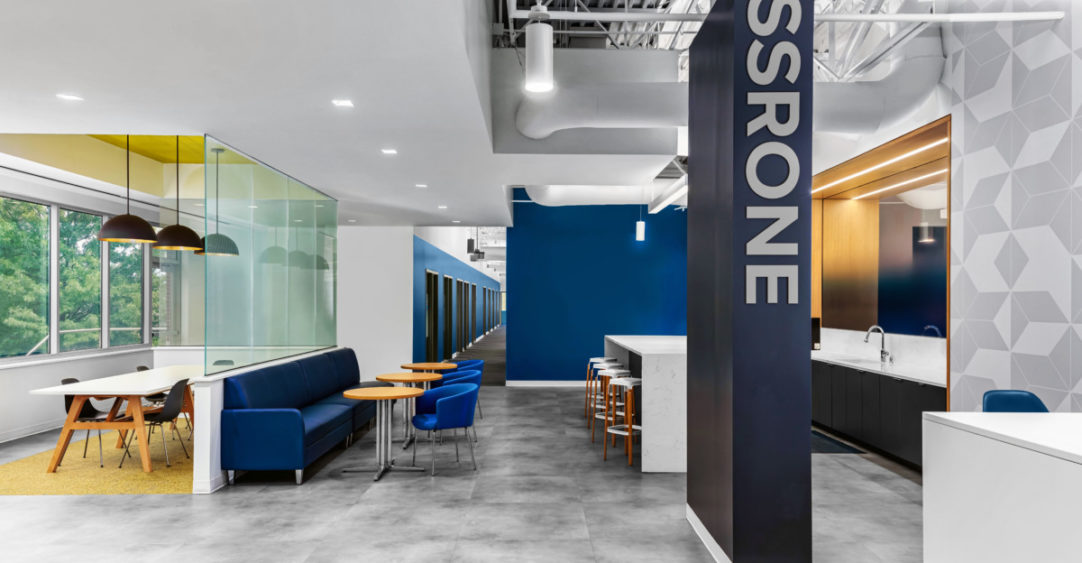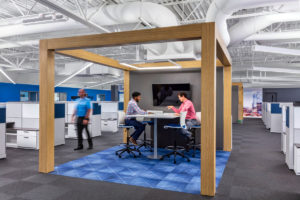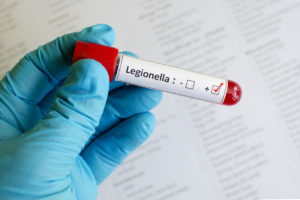
SSR WELL Health-Safety Rating Journey: Air and Water Quality – Engineer Required
Improving indoor air quality is a significant driver for improved occupant health outcomes. This was known prior to COVID but has become more apparent since. The WELL Health-Safety Rating has put significant weight on improving the indoor air quality (IAQ) of buildings as part of achieving and maintaining the rating. The following Features are related to assessing, improving, and maintain IAQ for project buildings. These Features are divided between this post and the next based on the need for technical assistance to perform the scope and documentation requirements of these features.
SA1 Assess Ventilation
 The more outside air a facility has, the more capable the building is to dilute human- and product-generated health pollutants. This Feature gives credit to projects that hire a technical professional to perform a ventilation assessment. This assessment is used to determine the feasibility of any increase in outside air for the current system, provide potential control modifications to increase outdoor air during favorable climate conditions, provide feedback on operation of mechanical systems without recirculation of air within the space, and provide any potential negative impacts that any of the other suggestions might trigger if implemented. This Feature does not require projects to make any changes to be achieved but was created to provide useful information on the current operating conditions of their spaces, so that changes could be made if desired based on the assessment.
The more outside air a facility has, the more capable the building is to dilute human- and product-generated health pollutants. This Feature gives credit to projects that hire a technical professional to perform a ventilation assessment. This assessment is used to determine the feasibility of any increase in outside air for the current system, provide potential control modifications to increase outdoor air during favorable climate conditions, provide feedback on operation of mechanical systems without recirculation of air within the space, and provide any potential negative impacts that any of the other suggestions might trigger if implemented. This Feature does not require projects to make any changes to be achieved but was created to provide useful information on the current operating conditions of their spaces, so that changes could be made if desired based on the assessment.
SA2 Assess and Maintain Air Treatment Systems
Most building mechanical systems require recirculation of air to maintain thermal comfort for occupants. This recirculation of air can lead to increased levels of pollutants and reduced overall IAQ for the project. This Feature gives credit for projects that perform a technical assessment and inventory of the air filtration and treatment systems within the project. This assessment provides guidance on the feasibility of improving or adding increased MERV filter ratings and UVGI equipment to a project. Both can increase IAQ by removing hazardous particles from the air. A key to proper air treatment system function is maintenance. This feature also has an on-going maintenance reporting requirement, so projects will have to provide work orders or other maintenance logs documenting that proper maintenance was performed throughout the year after the rating is awarded.
SA3 Develop Legionella Management Plan

Switching to a water specific Feature, Legionella bacteria can develop in recirculating water systems in a building if not properly monitored and maintained. This is more likely to occur in buildings that have been unoccupied for some time and the water has been allowed to stagnate. This Feature provides guidance on creating and implementing a detailed Legionella Management Plan to help mitigate these risks. A detailed hazard analysis as well as monitoring and maintenance actions are required as part of the plan development and implementation. For projects that do not have support from the building owner or property/facility manager and have limited access to altering how the building is maintained, this feature may not be feasible.
SSR’s Top Picks
SSR is a multi-disciplinary firm that has in-house professional engineering staff, which made the pursuit of these Features a no-brainer. However, due to the limited access of the mechanical systems as part of being a tenant in multi-tenant buildings for most offices, implementing improvements or adjustments was limited in most offices. SSR was able to achieve Assess Ventilation and Assess and Maintain Air Treatment Systems, but due to the additional monitoring requirements, the Legionella Management Plan was not pursued at this time. Overall, SSR has gathered at least 11 points towards the minimum 15 required for certification.
Follow SSR’s Journey
During our next edition, our resident WELL Accredited Professional, Hannah Walter, will continue to dive into more detail about SSR’s pursued credits and the coordination and documentation required for each.
Debrief
Air & Water Quality – Maintenance
Air & Water Quality – Engineer Required
First Things First – How Much?
SSR Pursuing Well Health-Safety Rating
International WELL Building Institute, IWBI, the WELL Building Standard, WELL v2, WELL Certified, WELL AP, WELL Portfolio, WELL Portfolio Score, The WELL Conference, We Are WELL, the WELL Community Standard, WELL Health-Safety Rating, WELL Health-Safety Rated, WELL Workforce, WELL and others, and their related logos are trademarks or certification marks of International WELL Building Institute pbc in the United States and other countries.








